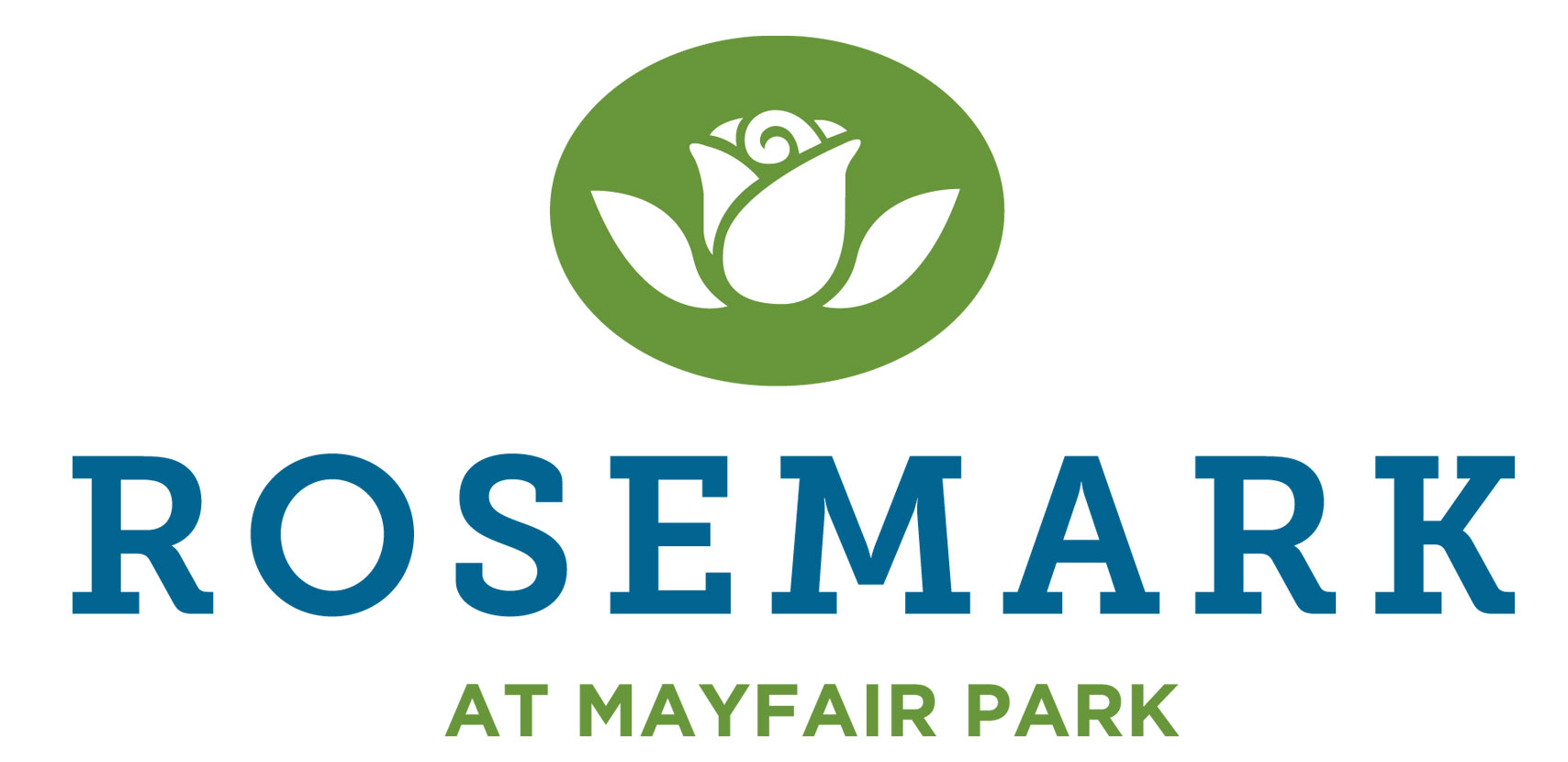6 Science-Backed Breathing Exercises That May Lower Blood Pressure

A valuable tool to lowering high blood pressure is completely free and always with us: our breath. While it’s an essential function for life, many of us aren’t utilizing breathing to its full potential, including its ability to reduce hypertension, a condition that affects most older Americans.
Breathing affects not just your lungs but also your nervous and cardiovascular systems. By learning how to control this basic function through deep breathing exercises, experts say, we can unlock a host of benefits for our health and mental well-being.“
For many people, breathing exercise is an easy way to reduce stress,” says Ni-Cheng Liang, M.D., an integrative pulmonologist at Coastal Pulmonary Associates in Encinitas, California. “When we reduce stress, there’s a very high likelihood that blood pressure might also reduce because blood pressure elevates when we are stressed.”
Breathing exercises to lower blood pressure
The following breathing exercises are recommended by Liang and other health experts to help lower blood pressure and improve overall health.
Note: Deep breathing exercises should be done sitting down, at least initially, in case you experience dizziness as you are getting used to the practice.
4-7-8 Breathing Exercise
REMIE GEOFFROI
1. The 4-7-8 breathing method
Many of the deep breathing practices used by pulmonologists today have their roots in Indian yoga practices, particularly 4-7-8 breathing, Liang says. To perform this exercise:
• Inhale through your nose for four counts.
• Hold your breath for seven counts.
• Exhale through your mouth for eight counts.
Word of caution: “When you breath-hold, [you] increase your carbon dioxide level temporarily,” and that in turn decreases your heart rate, Liang says. While this is a positive for many, people with chronic obstructive pulmonary disease (COPD) and those who otherwise have difficulty holding their breath may want to avoid this exercise.
“Some of these patients already have elevated levels of carbon dioxide, and the breath hold of seven can temporarily increase that carbon dioxide and can be even quite uncomfortable as well,” Liang says.
2. Box breathing
• Inhale through the nose for four counts.
• Hold your breath for four more counts.
• Exhale through your mouth for four more counts.
• Hold for four more counts.
Word of caution: As with 4-7-8 breathing, patients with lung conditions and those who have other difficulties breathing may want to avoid this exercise since it involves an extended breath hold.
3. Pursed-lip breathing
• Inhale slowly through your nose.
• Exhale through your mouth through pursed lips, as if you’re blowing out birthday candles, 4 times longer than your inhale. The extended exhale helps open your airways.
To learn about other breathing exercises to lower blood pressure, from AARP, CLICK HERE.
